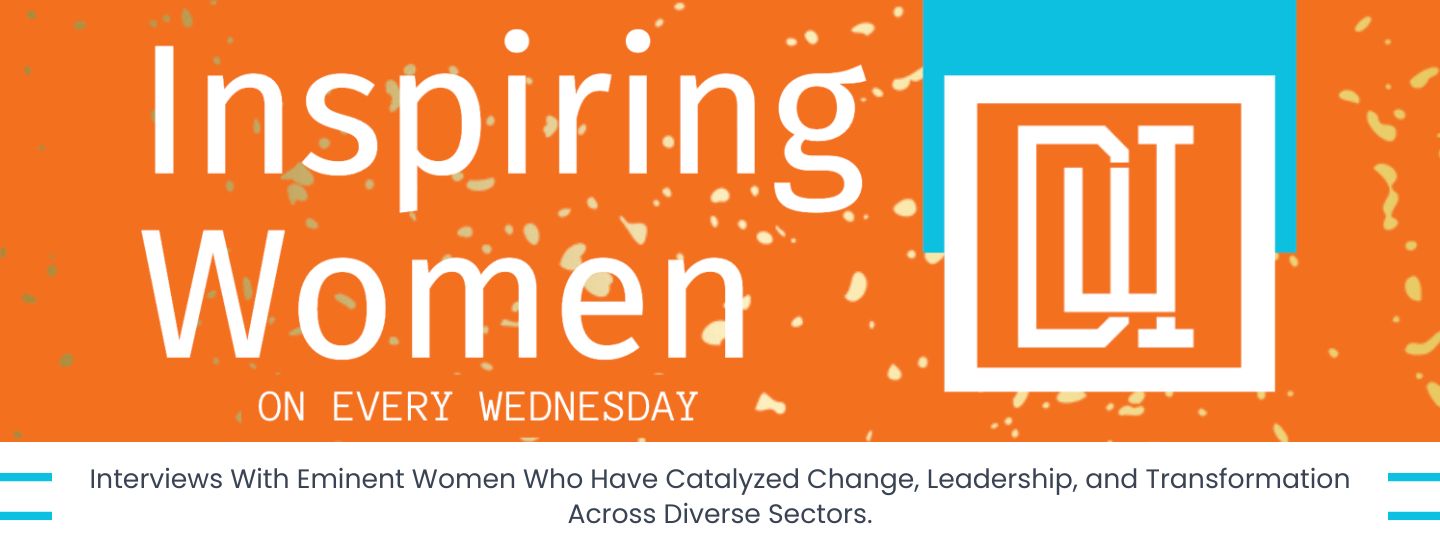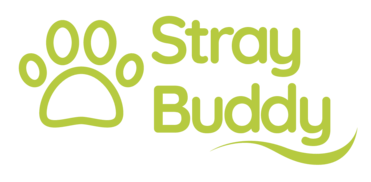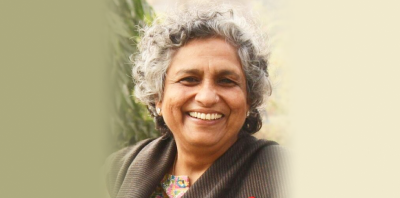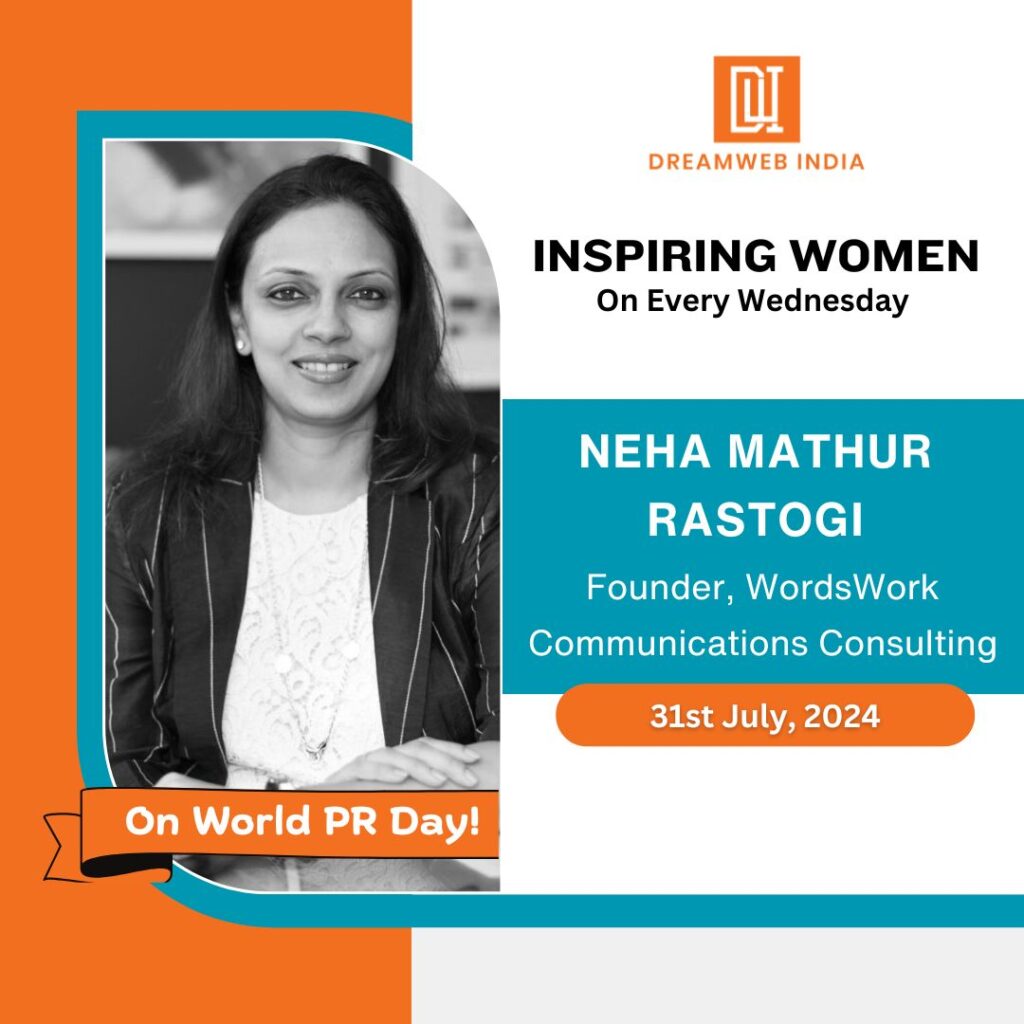

In 2012, Time named Gopalan in its list of the 100 most influential people in the world.
“Naz has always been committed to strive for a just and equitable world. Over the years Naz has responded to the needs of the community and addressed issues as they have emerged. The strength of Naz is our ability to keep the issues of the marginalised in the centre of all our interventions.”
ANJALI GOPALAN
Anjali’s journey in the realm of HIV/AIDS activism began in the United States, where she initially worked on issues related to this global health concern. Her commitment to raising awareness and advocating for the rights of marginalized communities has garnered international acclaim.
Her tireless efforts in the fight against HIV/AIDS and her unwavering support for vulnerable groups, particularly women and children in India has been recognized holdover.
Awards & Recognition*:
- Received the Chevalier de la Legion d’Honneur (2013)
- Ms Gopalan was named one of Time magazine’s 100 Most Influential People in the World (2012)
- Received the Woman Achiever Award from the Government of India (2007)
- Received the Commonwealth Award (2001)
In Conversation with Anjali Gopalan
– Preeti Juneja
Q. You spoke about unconditional or non-transactional love that animals give, which is even higher than any other relationship, and those who say they hate dogs are missing out on something. What is the best way to get anyone to start developing affection for animals and those who don’t have adopt one? Are there any programs you run or a club where people can come, learn, and feel safe along with stray dogs?
In our country, it is common to see parents always telling their children – don’t go there, don’t touch that dog, don’t touch this animal. They put fear into the child. So, the issue is children not being taught to love and care for. Animal loving and caring is something that all of us need to be taught to do. I feel it’s a big part that children miss out on.
It is about exposing children to animals. In the sanctuary, I encourage young children, and young people to visit. The kind of animal-human conflict that is now taking place is becoming very important that we extend ourselves and ensure that we work to take care of it. At least, deal with the fright people have because it’s nothing not knowing but lack of exposure.
Why would you say you hate animals? You are missing an important aspect of your life, of all life. All life forms have something to contribute.
Q. Fear of dogs! Some who didn’t have it before now do. Throwing stones at monkeys and dogs has been a common practice. StrayBuddy is doing a great job of building a harmonious ecosystem where people and stray dogs can live together. What is your role in StrayBuddy, and how do you envision it will help in the long run? As the name suggests, Buddy is making a friend. Should every dog have one human buddy?
Stray Buddy is an All Creatures Great and Small (ACGS) programme. They both are linked. A community programme like Stray Buddy will go a long way in dealing with fears that children have about these dogs.

ACGS believes that animals have a right to a non-speciesist, cruelty-free life. They need to be recognised as sentient beings, no different from humans, and must be included in the global social justice movement along with all the other liberation movements.
It is also critical to work with their parents because you can’t do anything unless the parents buy into this. Teaching and Exposing people to animals is another way of dealing with our irrational fear about dogs.
When I think of StrayBuddy, I’m hoping that it is able to expand and be available at every RWA. That every RWA buys into this idea because only then will we see the change in attitudes across the board. We need to make this programme as viral as possible. To take anything to scale is very difficult. Taking any programme to scale is not easy. Now, some RWAs are beginning to speak about how this program is helping them.
I think not to let the problem make you feel it is so huge that you can’t do anything. If you are looking at the big picture only, it paralyses you. If you can reach out to that one individual, whether human or animal, you would have touched that life and made it into a better life. And you always get so much back than what you give, which is why many of us do what we do. It is important that all of us get together and work together. There is no other way out now.

Stray Buddy: We facilitate self-managed community initiatives to control stray dog populations, eradicate rabies, and reduce dog nuisances in India. To know more, visit: https://www.straybuddy.in/about-us/
Q. Inspiring someone in a positive direction is possible if there is meaning, background & conviction. Your work as a human & animal activist has been applauded and taken very seriously. Indeed, you have been an inspiration to many. We are fortunate to have you share your thoughts on our platform.
- How can children convince their parents when they want to bring home a street dog? Usually, the answer is No.
- Even old people living by themselves, who may be facing loneliness, can be inspired to bring home a street dog. How can one inspire them in this direction?
- What is the process or documentation to adopt a street dog?
On Responsible Pet Ownership:
There is a practical reason why the answer is ‘No’. It is the mother who has to end up looking after the pup and taking care of the dog. They have to be taught Responsible Pet Ownership. I empathise with mothers when they say, ‘I don’t want a pup right now’ because it is like taking care of another child. However, the fact that you have a dog in the house or a pup in the house also teaches different levels of skills to the child – responsibility, caring, and engagement. It is amazing to see how kids respond to those animals and how they themselves blossom as caring human beings. This plays a major role in the development of how they understand love and sharing. I always tell mothers this, yes it is a responsibility for you but look what you get in return.
On Adopting Stray Dogs & Dog Breeding:
I recommend stray dogs because they are harder than breed dogs. They are from here, so they know how to deal with the climate. I’m finding that Increasingly, people are adopting Indies. From our shelter, there have been a few Indies that were adopted. There is some kind of change happening very slowly, but it is happening
Dog breeding is a huge business. There is a nexus between veterinarians and breeders. So, they push for these dogs to be bought. Unfortunately, people don’t realize that these pups are brought in at the tender age of 4 weeks old and that’s why many of them die; many of them get infections.
Actually, it is in the third month that a puppy starts getting socialised with his mother. They are committing such a crime by taking them away when they are four weeks old. Unfortunately, this is what is happening. So, clearly, there needs to be a lot more work, and the laws need to be strengthened. It’s not just work. We do have dog breeding rules. Unfortunately, implementation is an issue. People have to understand.
On Adopting Stray Dogs By The Elderly:
It brings a lot of joy and companionship, but if you are old and living on your own, you have to have help. If you have that kind of support, I think it will make your life much more joyful. Animals have a way of making you feel so loved. It takes away the loneliness. It’s like engaging with another soul who becomes a part of you, a part of your life. It is fabulous to do that, but you have to be practical and make sure that if you are an elderly person, you have the requisite support and help to take care of the animal because they need to be cared for – they need to be walked, fed, vaccinated on time. Someone needs to ensure they get their anti-rabies. All of those things. There is that element that you need to keep in mind, but if you can have that kind of support, I would, without batting an eyelid, say it is the best thing.
On Process & Documentation To Adopt A Street Dog
There is absolutely no law that is going to stop adopting a dog. You can also adopt a dog from one of the many shelters that exist in the country. There at least you know that the dogs are vaccinated, and all of that is done. It is an easier form of adoption. For example, if someone does come to ACGS for adoption, the dog is sterilized, vaccinated, and dewormed. It just makes it that much easier, and also, you get a sense of the dog, observe it and see if that is the kind of dog you want to have. But no one can stop you from taking a dog from the street and adopting it.

Q. All Creatures Great and Small – how did you define this name? Tell us the story. Do you open schools or public for a visit to your sanctuary?
- All Creatures Great and Small (ACGS) is a shelter for animals. When I was very young, probably in the 5th standard, my father gave me a set of books by the name James Herriot. He was a veterinary doctor. This (ACGS) was the first book by him I read, and I completely fell in love with it. He was an incredible doctor. His style of writing was very touching, very lovely, and I remember crying while reading the book. My father took the book back from me, and said, ‘I will give it to you when you are a bit older.’ I think it was the first book of Herriot that I read that stuck in my mind. That’s how just to honor his memory, this was a good name for the organization.
We have set up in a rural area, so we started getting all kinds of animals. We have many, all kinds now – cows, dogs, cats, pigs kinds, emu, horses, donkeys, pigs. All kinds of animals are with us. In a way, it has become all creatures, great and small.
Yes, we have had many kids come. It is quite incredible, some of them are petrified of animals and cry their hearts out, but by the time they leave, they are like, we don’t want to go.
- We have had a bunch of kids who are visually impaired come in. It was interesting to see how they were feeding the donkey and getting to know this is what a donkey is.
- I remember once we had this severely autistic child who came, and we had a horse who used to be blind. I just put a carrot in his hand, and the horse gently took it from him. And then we had a great den, he just put his head on that child’s knee and kept it there for half an hour. You know it was incredible. The mother said to me, ‘I have never seen my child so happy.’ It is unbelievable how intuitive animals can be.
On Fear of Rabies:
I know that animals have a way of communicating with us at different levels, but I don’t think we will understand or even allow ourselves this top explore it. There is such an irrational fear, and in our country, there is a fear of contracting rabies. Rabies, we have to eradicate- eradicate this fear, and that can only happen if we have very strong rabies awareness programmes and also vaccinate the dogs. For example, Goa is a rabies-free state today. So it is possible!
Q. As Diwali is nearing, The Fire Cracker Campaign is on. Creating awareness about the Impact of crackers on animals is becoming super important. Besides environmental concerns, now the focus is on animal concerns. What are your two thoughts on this?
First of all, animals don’t count. That, to me, is the biggest issue. We are not thinking about how our actions are impacting them because it doesn’t matter, and because we consider ourselves to be a superior species, we have the right to do what we want to do and how we want to do it.
Secondly, many of us think in silos. We are not thinking holistically. Something like firecrackers is a violation of rights at every level. Right to breathe, the right of children to have a safe childhood.

Children are used in firecracker factories all the time because their fingers are smaller, and they can do more nimble work. That we don’t care for the poor, the marginalised. We don’t even see their existence. So, dogs and animals are not on the radar at all. It is really unfortunate.
At every level, when I look at it, all the other work, my life’s work on HIV prevention, taking care of children who are orphans, working with women who are violated all the time, working with the LGBTQi community, which is also violated all the time. So, at every level, we don’t seem to care. As a culture, we are extremely inward-looking; that’s a huge problem. It’s time we start introspecting.
Rapid-Fire:
- Animal Rights are: No different from human rights.
- Rescue, Cure and Many of them end up living at ACGS
- Earth, Animal and Environment connection can be best established when? It should have happened already.
The connection between the environment, animals and humans- if this connection is not there, we will see many more pandemics like covid happen again and again.
- Feeding stray animals is: The best thing that any of us can do.
On Feeding Stray Dogs:
What is not good for you is not good for the animals. Ideally, animals should be eating meat. They are carnivores. Street/Stray dogs, if possible, try not giving them very sweet stuff. Instead, If you can, give them eggs and paneer. You have to think about protein because animals need protein.
One-Liners:
- I want to transform: Ourselves into better species
- I care for: This world we live in
- I love my freedom to: Be myself
- My awareness campaign will speak of: Rights & Equity
- Say no to Fire Crackers because: We need to live; all of us in the world need to live.
DREAMWEB INDIA IS GRATEFUL TO ANJALI GOPALAN FOR SPARING HER VALUABLE TIME WITH US FOR THIS INCREDIBLE INTERVIEW. WE WISH HER SUCCESS IN BRINGING POSITIVE CHANGE TOWARDS ALL CREATURES GREAT AND SMALL, IN ACHIEVING A JUST SOCIETY THAT THRIVES ON LOVE, CARE AND EQUITY FOR ALL.
About Author

Anjali Gopalan
Anjali Gopalan is a well-known Indian activist who has been dedicated to promoting human rights and animal rights. She is the founder and executive director of The Naz Foundation (India) Trust, and Managing Trustee at All Creatures Great and Small, India.
25th October 2023
Share this article
Inspiring Women
More Interviews
Share this article
Do you have a question for Anjali Gopalan ? Write to us at preeti.juneja@dreamwebindia.com





